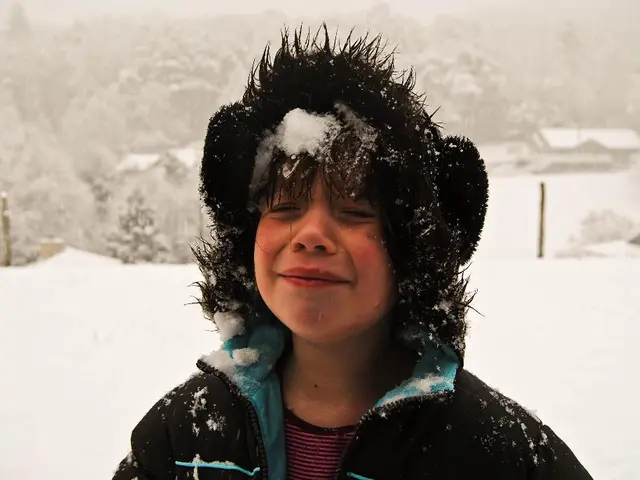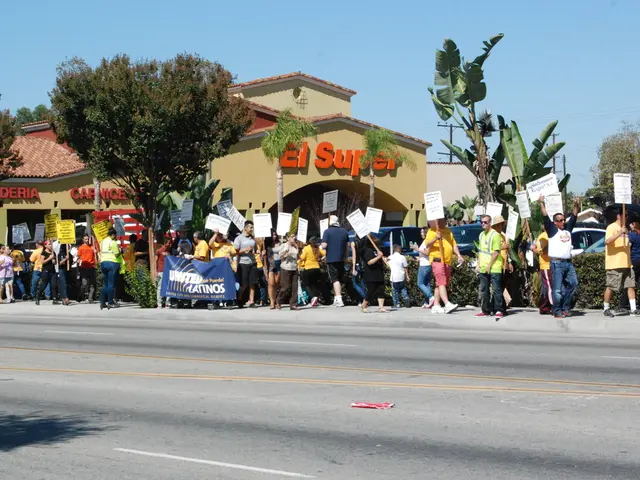Exploring Lessons on Community Building from Bird Feeder Engagements
Every winter, I find delight in hanging a bird feeder near my study window. Witnessing these feathered creatures indulge in their breakfast while I sip my morning coffee is a soothing ritual. They nibble at the offerings, sizing up each seed before flying off to make room for their neighbors. It's reminiscent of a harmonious community, defined by respect and shared resources.
The avian menagerie lining up at the feeder is diverse. Regardless of size or species, birds arrive each morning, showing off impressive navigation skills and etiquette. They seem to be adept at sharing spaces, ensuring no one monopolizes the perches. It's a beautifully chaotic dance of need and sharing, devoid of monopolization.
But just like any community, peace is sometimes disrupted when an outsider arrives with an assertive presence. One day, a large blue jay descended upon the scene, announced his arrival with a resounding squawk, and claimed a branch hosting the feeder as his throne. His boisterous presence sent birds scurrying to the safety of nearby bushes and branches. The blue jay's intention was not to eat, but to disrupt the tranquility. Luckily, his moment of disruption was short-lived, and the birds returned to their daily rhythm, their feathery ballet resuming once more.
Would I Be Welcomed or Frowned Upon?
One day, as I prepared to meet a friend, I approached the feeder quietly, curious to observe how the birds would react. Initially, they fluttered away to perches farther away, but when I remained still for a few minutes, they returned, each looking cautious but curious rather than fearful. This observation made me think – were these birds evaluating the risk, weighing their fear against the possibility of a new food source? Or was their behavior an indication of their assemblage wisdom, managing fear effectively and assessing potential threats?
Perhaps I don't have the qualifications of an ornithologist, but these behavioral patterns suggest a highly intelligent bird community capable of sustaining harmony despite the occasional intruder. Their responsiveness to changes, their well-timed retreats, and their cautious yet curious approach to new situations were quite impressive.
What lessons can we, as a human community, learn from these aerial dwellers in a time of communal weakening? Their resilience, their strategic coexistence, and their ability to adapt to various circumstances could serve as excellent sources of inspiration. The world could learn from their unassuming grace even when faced with disruptions, their simple way of sharing, and their innate wisdom in managing fear.
The behavior of the birds at the feeder is reminiscent of a mindful community, always assessing risks and opportunities. Building a diverse community, as the avian one does, promotes leadership and harmony, allowing each individual to contribute in their own way. Just as a feeder branch can host various birds, leadership roles in a community can be shared among individuals, ensuring no one monopolizes resources. Emulating the birds' behaviors, we can promote diversity, leadership, and foster community resilience in our own social circles.







